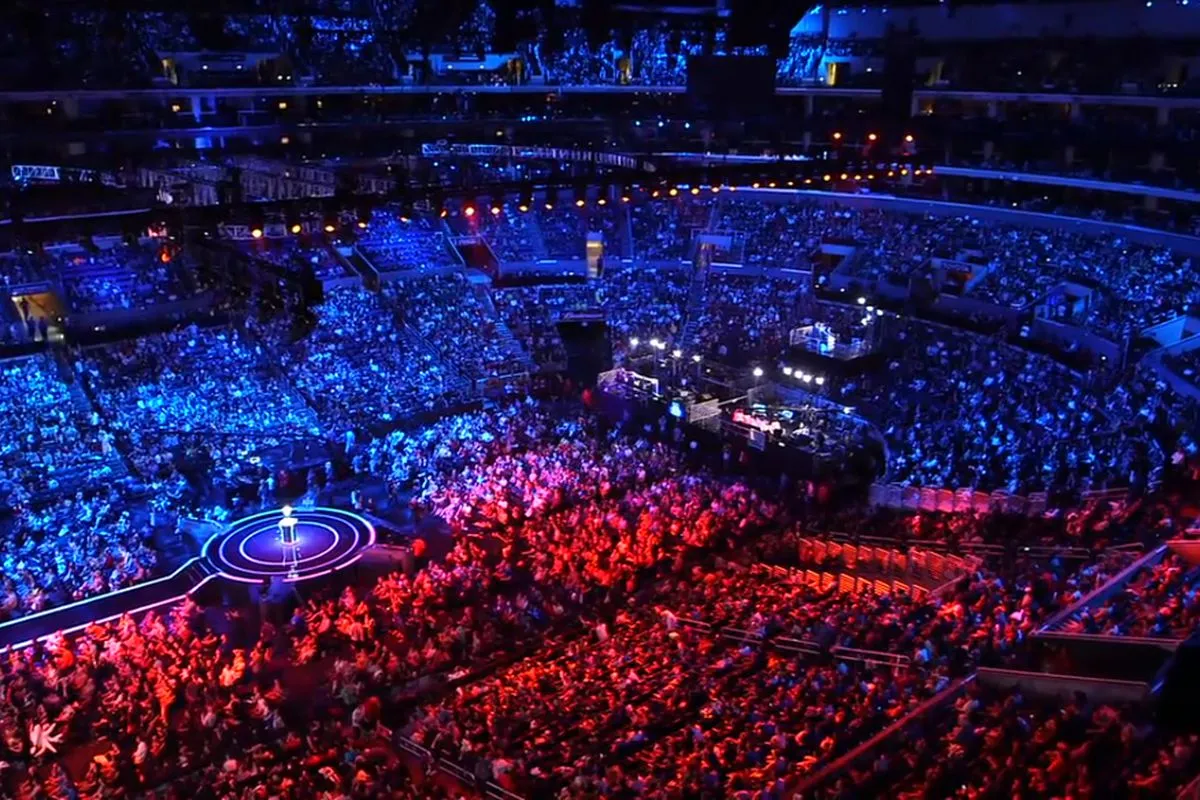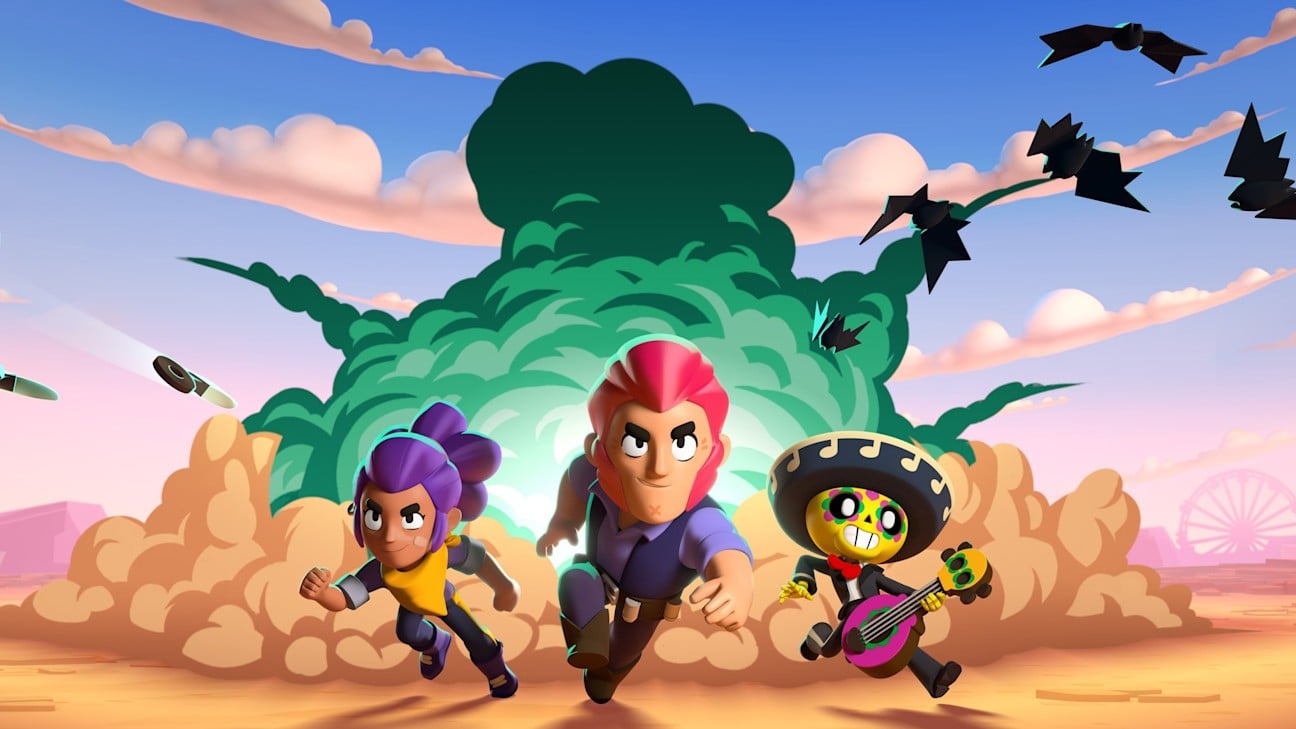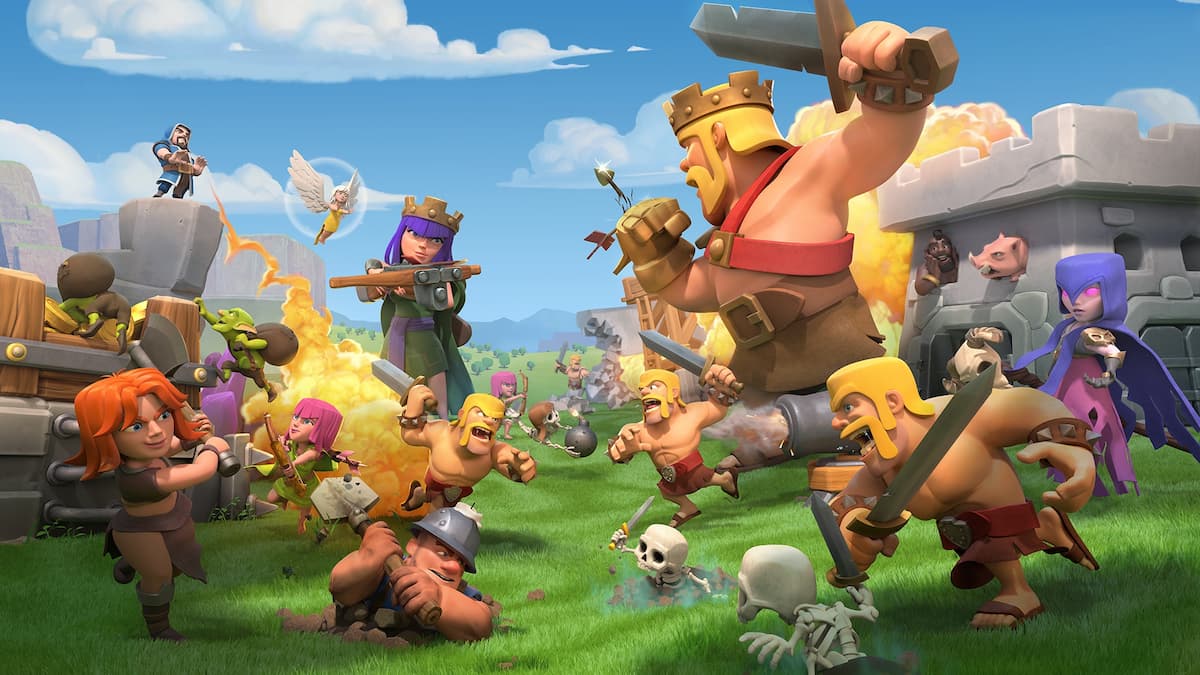Riot is fully embracing mobile esports.
Leo Faria, the head of esports for Wild Rift, provided some insight into the game’s competitive ecosystem today, detailing plans for the future.
Building Wild Rift esports was a decision that took a “lot of time” and “consideration,” according to Faria. Just because Riot has already built a successful esports ecosystem for League of Legends over the last decade, it doesn’t mean Wild Rift will have the levels of success, he said.
One of the “key roles” that esports plays for any game is “creating inspiration,” according to Faria. “The idea of players looking up to pros and thinking, ‘that could be me’—the same reason why people admire professional athletes,” he explained.
For Wild Rift, Riot doesn’t believe that “inspiration” will naturally “click” for players who watch professional League because a large portion of players uses their phones as their primary gaming device.
Riot plans to build a new esports ecosystem for Wild Rift that will be “self-sustaining” and “independent” of League.
“There is a lot to learn and leverage from the broader League of Legends ecosystem, but Wild Rift esports is not viewed here at Riot Games as a gateway to LoL Esports,” Faria said. “Being the Wild Rift world champion should feel just as amazing and prestigious as being the LoL world champion. Winning in Wild Rift is the ultimate goal.”
Riot wants to “re-imagine” what it thinks “amazing mobile esports” can look like, and make use of the company’s “full force” of “production, creativity, and operations.” It “aspires” to make Wild Rift the “first truly global mobile esport,” according to Faria.
To “break into all corners of the globe,” Riot plans to invest “significantly” in western regions, like the Americas, Europe, and the Middle East.
“We will also bring our global tournaments to non-obvious locations around the world,” Faria said. “Of course, like the game itself, we will move fast and aggressively in mobile-predominant markets like China and Southeast Asia where the demand is immense.”
Riot is “confidently” committing to the long-term of Wild Rift and plans to build an esport for “generations to come.”
To achieve this goal, Riot is focusing its efforts on Wild Rift at the professional level. “One of the things we learned throughout the years is that for a sport to be successful, it needs stability,” Faria said.
“Organizations need to trust that there will be tournaments to play in and that Wild Rift esports is here to stay,” Faria explained. “That allows them to commit to building strong teams and ultimately make the pro-player career attractive and a meaningful pursuit.”
Sustainability, according to Faria, is the “key” to developing “professionalism” within the esport. “Eventually, we will invest more energy into grassroots play, but we want to ensure our players first have an apex level of competition.”
Riot also plan to make watching Wild Rift esports on a phone a better experience. “Right now, esports are not optimized to be watched on small screens despite over 40 percent of viewers doing so,” Faria said. “Building a great mobile watching experience is paramount to Wild Rift because most of the Wild Rift audience have their mobile phones as their primary or only device.”
The process of creating this esports ecosystem, though, Riot admits, will take time and patience. “We’re confident we have a strong vision, but it’s important to acknowledge it will take time to get there, Faria said. “We’re just getting started.”













Published: Jul 20, 2021 05:13 am